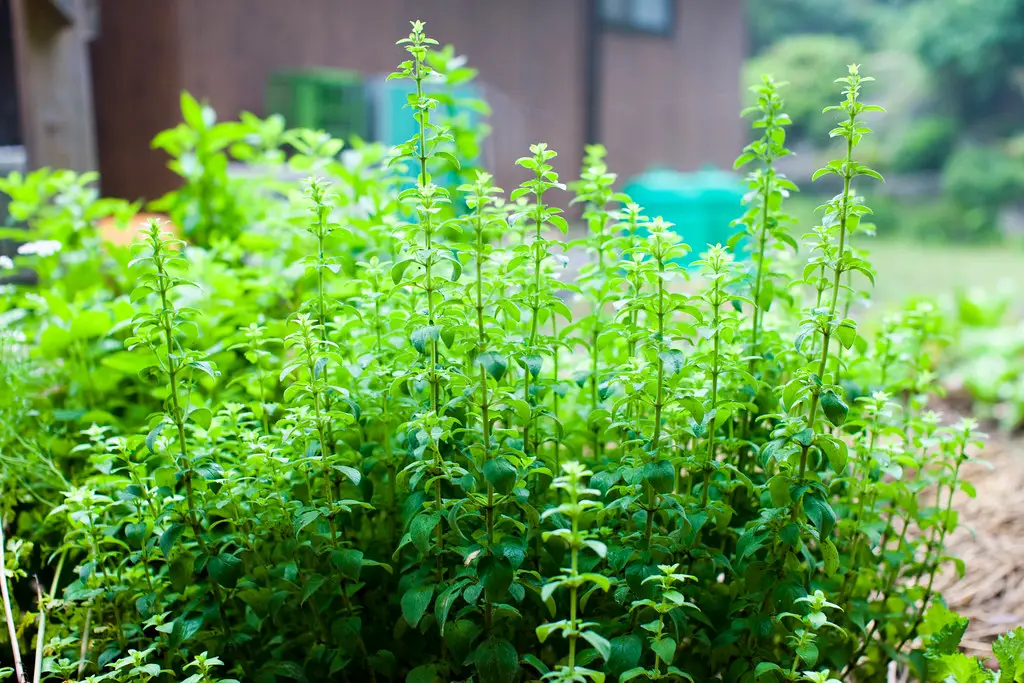Oregano, a well-known culinary herb, is a must-have in many kitchens around the world. A member of the mint family, this perennial herb is native to Europe but is now grown in various parts of the world. With its distinctive robust flavor and aromatic leaves, oregano is a key ingredient in many Mediterranean, Mexican, and Italian dishes.
Apart from its culinary use, oregano also has a long history of medicinal applications. It has been used as an herbal remedy for various ailments, from respiratory issues to digestive problems. Its essential oil has antimicrobial properties, and the plant is also a rich source of antioxidants.
Growing oregano is a rewarding experience, not only for its culinary benefits but also for its attractive foliage. Its small leaves grow on bushy stems and produce tiny purple or white flowers that attract pollinators. Oregano is also quite easy to grow, making it an excellent choice for both beginner and experienced gardeners.
| Attribute | Details |
|---|---|
| Common Names | Oregano, Wild Marjoram |
| Botanical Name | Origanum vulgare |
| Family | Lamiaceae |
| Plant Type | Perennial herb |
| Mature Size | 1-2 feet in height |
| Sun Exposure | Full Sun |
| Soil Type | Well-drained, slightly acidic to neutral |
| Hardiness Zones | 5-10 |
| Native Area | Europe |
Oregano Care
Oregano is a low-maintenance plant that requires minimal care, making it suitable for gardeners of all levels. It thrives in sunny locations with well-drained soil. Although oregano can tolerate drought to some extent, it’s crucial to provide regular watering during dry spells, especially when the plant is young.
Mulching can help retain moisture and suppress weeds. Oregano doesn’t need much fertilization; however, a light application of balanced fertilizer at the beginning of the growing season can encourage lush growth. Pruning and harvesting regularly will help maintain a compact shape and promote new growth.
Light Requirement for Oregano
Oregano requires full sun to thrive. It needs at least 6 to 8 hours of sunlight daily. Insufficient light may lead to leggy growth and a reduction in flavor intensity.
Soil Requirements for Oregano
Oregano prefers well-drained soil with a pH level ranging from slightly acidic to neutral (6.0-7.0). It can grow in poor soils but will benefit from soil enriched with organic matter.
Water Requirements for Oregano
Oregano needs regular watering but is tolerant of drought once established. Overwatering or letting the plant sit in soggy soil can lead to root rot.
Temperature and Humidity
Oregano thrives in temperatures ranging from 70-80°F but can tolerate cooler conditions. It doesn’t require high humidity and can adapt to various climates.
Fertilizer
A balanced fertilizer applied once at the beginning of the growing season is usually sufficient. Over-fertilizing can reduce the flavor and aroma of the leaves.
Pruning Oregano
Regular pruning helps maintain the shape of the oregano plant and promotes new growth. Cut back stems as needed, especially after flowering, to prevent the plant from becoming woody.
Propagating Oregano
Oregano can be easily propagated by division or cuttings. Divide the plant in the spring or take stem cuttings to start new plants.
How To Grow Oregano From Seed
Plant oregano seeds indoors 6-10 weeks before the last frost or directly outside in the spring. Keep the soil moist until germination, and transplant or thin seedlings as needed.
Common Pests & Plant Diseases
Aphids
Monitor the plant for aphids and treat with insecticidal soap if needed.
Spider Mites
Keep an eye out for spider mites, especially in dry conditions, and treat as required.
Common Problems With Oregano
Leggy Growth
If the plant appears leggy, it might need more sunlight or pruning.
Root Rot
Avoid overwatering, as it can lead to root rot. Ensure proper drainage.
Loss of Flavor
Over-fertilizing can lead to a loss of flavor and aroma in the leaves.
Pro Tips
- Harvest oregano leaves just before flowering for the best flavor.
- Space oregano plants 8-10 inches apart to allow proper airflow.
- Consider growing oregano in containers if you have poor or heavy soil.
- Trim the plant regularly to prevent it from becoming too woody.
- Oregano can be dried or frozen for long-term storage.




